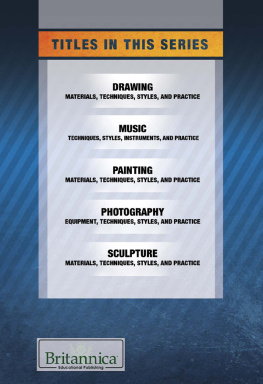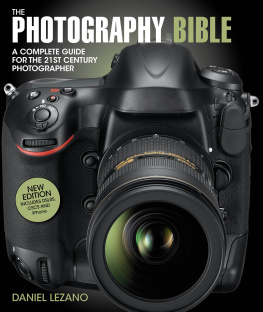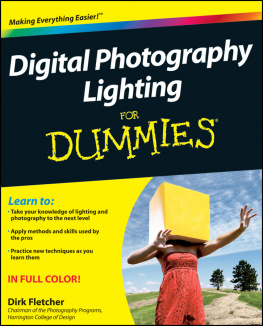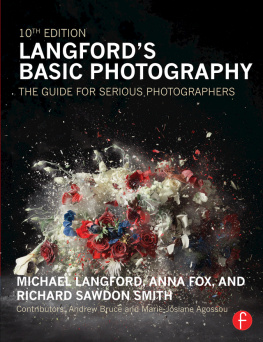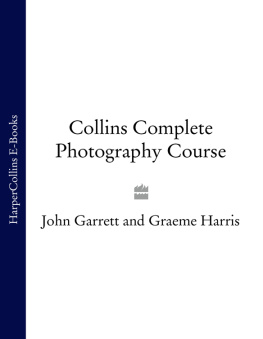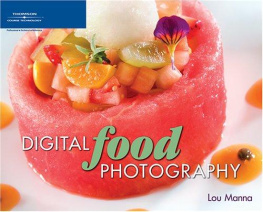
Published in 2017 by Britannica Educational Publishing (a trademark of Encyclopdia Britannica, Inc.) in association with The Rosen Publishing Group, Inc.
29 East 21st Street, New York, NY 10010
Copyright 2017 by Encyclopdia Britannica, Inc. Britannica, Encyclopdia Britannica, and the Thistle logo are registered trademarks of Encyclopdia Britannica, Inc. All rights reserved.
Rosen Publishing materials copyright 2017 The Rosen Publishing Group, Inc. All rights reserved.
Distributed exclusively by Rosen Publishing.
To see additional Britannica Educational Publishing titles, go to rosenpublishing.com.
First Edition
Britannica Educational Publishing
J.E. Luebering: Executive Director, Core Editorial
Anthony L. Green: Editor, Comptons by Britannica
Rosen Publishing
Kathy Kuhtz Campbell: Senior Editor
Nelson S: Art Director
Michael Moy: Designer
Cindy Reiman: Photography Manager
Supplementary material and conclusion by Adam Furgang
Library of Congress Cataloging-in-Publication Data
Names: Hamilton, Trenton, editor.
Title: Photography : equipment, styles, techniques, and practice / Edited by Trenton Hamilton.
Description: First Edition. | New York : Britannica Educational Publishing, 2017. | Series: Britannicas Practical Guide to the Arts | Includes bibliographical references and index.
Identifiers: LCCN 2015046453 | ISBN 9781680483642 (eBook)
Classification: LCC TR145 .P49 2016 | DDC 771--dc23
LC record available at http://lccn.loc.gov/2015046453
Photo credits: Cover (inset images, from left) KieferPix/Shutterstock.com, MNStudio/Shutterstock.com, Palo ok/Shutterstock.com; cover (background), p. i Hetman Bohdan/Shutterstock.com; pp. iii, x-xi (background) maxim ibragimov/Shutterstock.com; p. xi GraphicArtis/Archive Photos/Getty Images; ullstein bild/Getty Images; back cover and interior pages stripe pattern Eky Studio/Shutterstock.com; additional cover and interior page border patterns and textures Dragana Jokmanovic//Shutterstock.com, somchaiP//Shutterstock.com, Alina G//Shutterstock.com, Pattanawit Chan//Shutterstock.com
CONTENTS
P hotography is generally considered to have had its birth in 1839, when the Frenchman Louis-Jacques-Mand Daguerre first revealed his photographic process to the public. The roots of photography, however, were developed much earlier.
The camera obscura, for example, had been known since ancient times. Meaning literally darkened room, it was originally a room completely sealed from light except for a very small hole in one wall. An image of the outside worldhouses, trees, and even peoplecould be projected, upside down and reversed right-to-left, onto a wall or white screen placed opposite the opening.
Later the camera obscura was reduced in size until it became a small portable box. It was equipped with a lens and a mirror at a 45-degree angle, which reflected the image upward and focused it on a viewing screen. This was a great aid to artists in making sketches on location, but there was not yet a way to capture directly and permanently the camera obscuras images.
Scientists had known for some time that certain silver compounds, then called silver salts and now named silver halides, would turn black when exposed to light. In England, Thomas Wedgwood, son of the famous potter, experimented with one of these silver halides, silver nitrate, to produce silhouettes. The pictures, however, were not permanent and turned black unless stored in the dark.
In the early 19th century Joseph-Nicphore Nipce of France began to experiment with a then novel graphic arts printing method called lithography. His work led him to further experiments using bitumen, a resinous substance, and oil of lavender. Nipce developed a process whereby he could permanently capture the image of a camera obscura. In 1827 he made the worlds first surviving photograph from the window of a country home in France. It required an exposure, in bright sunlight, of eight hours.
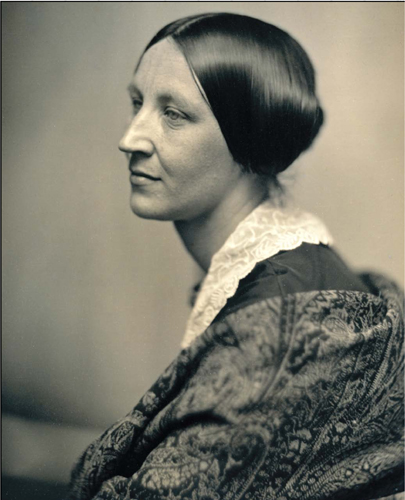
Daguerreotypists Albert Sands Southworth and Josiah Johnson Hawes of Boston took this profile portrait of Susan B. Anthony, c. 1850.
Meanwhile, Daguerre was experimenting with silver-iodide images. Hearing of Nipces work, he contacted him, and in 1829 they became partners. During the next few years Daguerre, with Nipces help, worked out the process that came to be known as daguerreotypy. It was a complicated procedure that demanded considerable skill. A silver-coated sheet of copper was sensitized by treatment with iodine vapor, forming a coating of light-sensitive silver iodide. The daguerreotype plate was exposed in the camera and then developed in mercury fumes at temperatures of about 50 C (120 F). The exposed areas absorbed mercury atoms and highlighted the image. Finally, the image was fixed by washing it in hypo (sodium thiosulfate).
The daguerreotypes silver image was capable of rendering exquisitely fine detail. It was a single-image process, howevereach exposure produced only one picture, incapable of reproduction. Furthermore, the process required exposures of up to several minutes even in bright sunlight, thus constraining its subjects to absolute motionlessness.
In spite of this, the process immediately became popular, particularly for portraiture. Daguerreotypy rapidly developed into a thriving business in England and the United States. Superb portraits were made by such daguerreotypists as Albert Sands Southworth and Josiah Johnson Hawes in Boston. The French excelled in landscapes and cityscapes.
In 1840 a much faster lens was designed by the Hungarian Jzsef Petzval and manufactured by Peter Voigtlander in Austria. At about the same time a method was discovered that increased considerably the light sensitivity of the daguerreotype plate. This method involved a second fuming with chlorine or bromine before exposure.
In England William Henry Fox Talbot had developed his own method of photography at about the same time that Daguerre was inventing the daguerreotype. Talbot impregnated paper with silver nitrate or silver chloride. When exposed in a camera, the sensitized paper turned black where light struck it, creating a negative image of the subject. This was made permanent by fixing with hypo.
To achieve a positive image, a contact print could be made by placing the negative over a second piece of sensitized paper and exposing the combination to bright light. Talbots photogenic drawings, as he called them, lacked the daguerreotypes sharp detail and brilliance but offered the great advantage that from one negative a large number of positive prints could be made. His process, known as the calotype, and later talbotype, process, was at first less popular than the daguerreotype. Most later methods of photography, however, have evolved from Talbots work. His was the first negative-positive process.
In 1851 F. Scott Archer of England made public his wet-collodion process, in which he used a glass plate coated with collodion as a base for light-sensitive silver halides. His procedure, requiring seven steps, was only slightly less complicated than the daguerreotype process, but it was considerably less expensive. It also produced a negative that was much sharper than that of the calotype method. Soon the wet-collodion process had supplanted both the older techniques as the most widely used process of photography. A major inconvenience of the wet-collodion method was the fact that the plate was light-sensitive only as long as it remained wet; after it dried it lost its sensitivity. Thus plates had to be used almost immediately after preparation. Since these plates could not be prepared and stockpiled in advance, a portable darkroom, in the form of a tent, wagon, or railway car, for instance, had to accompany the camera wherever it went.

